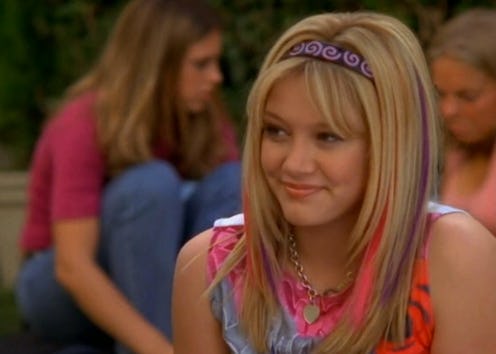Entertainment
Fictional Tween Girls Keep Up Appearances

Tweens, the amorphous age group straddling the line between childhood and adolescence, consume the most television of any demographic. Naturally, they receive plenty of behavioral cues from the shows they watch. A new study, published by the University of Minnesota, has found that tween girls on TV are focused on looking good. Which isn't great, considering the fact that young women are already constantly being told that physical appearance matters more than anything.
Television geared toward tweens is divided into two categories — "teen scene," for the female demographic, and "action-adventure," directed towards males. This is already a problem for anyone who believes that separating entertainment into gendered categories is harmful. "Tween viewers are undergoing an important developmental stage and actively seek cues about gender," said Ashton Lee Gerding, a doctoral student at the University of Minnesota.
The researchers analyzed 49 episodes of 40 different American television programs marketed towards tweens. Each show aired in 2011 on Disney Channel, Disney XD, Nickleodeon and the Turner Cartoon Network. Gerding, alongside Nancy Signorielli, professor of communication at the University of Delaware, examined 200 characters for "attractiveness, gender-related behavior and personality characteristics such as bravery or ability to handle technology."
Male and female characters are both likely to be tech-savy (a finding that makes a lot of sense in today's digital era), and to display brave characteristics. However, female characters were far more likely to be attractive and to display more concern over their physical appearance. According to Gerding, this indicates "that girls and boys can participate in and do the same things, but that girls should be attractive and work to maintain this attractiveness.”
In some ways, these findings are refreshing because they indicate that television portrays girls and boys as possessing equal ability and intelligence. But the attractiveness gap is a problem. Children and young teens internalize the gender roles on television, and so the people who create films and programs for youngsters need to be responsible about how much importance female characters place on physical appearance.